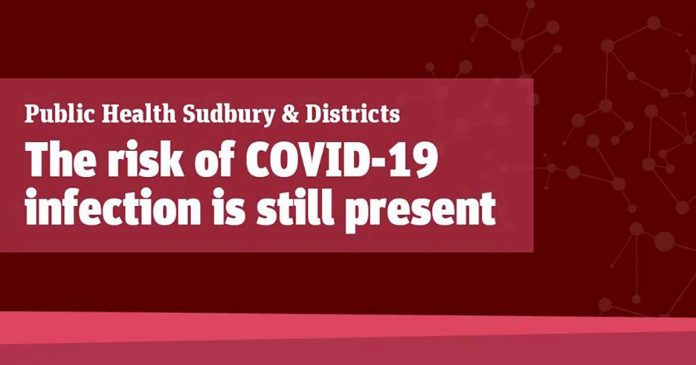HURON SHORES – The Huron Shore and Manitoulin Island Community Owned Fiber Infrastructure (H&M COFI) project is cautiously optimistic of government funding in support of their broadband project.
“We know our project has been shortlisted by the government for funding,” said Georges Bilodeau, chair of H&M COFI, when contacted by The Expositor last week. “We are now looking for input on the municipalities’ capability of being able to invest in the project.”
“We have sent out our sixth update to the municipalities on the project and are asking how many municipalities are willing to invest, and what they can afford to invest,” said Mr. Bilodeau. He pointed out $375 million would need to be raised for H&M COFI to retain full ownership of the company.
“This letter is the 6th update I have provided with respect to the H&M COFI project sponsored by the municipality of Huron Shores and our partner, Whitefish River First Nation,” wrote Mr. Bilodeau. “We are moving forward and are cautiously optimistic regarding any provincial and federal announcements in support of our broadband project.”
“Since creating the H&M COFI non-profit corporation, the founding board has been preparing documentation of its bylaws and a collaboration document for the municipalities, and First Nations and agencies in the catchment area. We have also sought out advisors and organizations that will support us going forward. In particular Wishart LLP for legal services, KPMG for taxation and auditing service and investing advice, Northern Credit Union for banking services, and Elliot Lake and North Shore Corporation for business development for economic development advice. Together with our design, build and operating partner ROCK Networks Inc, we will proceed should a favourable funding announcement be made,” said Mr. Bilodeau.
Mr. Bilodeau explained, “the next phase for municipalities, First Nations and agencies is to determine the capacity to invest financially in the project. We have raised the private equity capital to design, build and operate a fibre to home capability for all residences, businesses and institutions in the catchment area to ensure the project will proceed—a “backstop” so to speak, in the event of no community investment. However, for this initiative to indeed be a community owned project, we require investment from our community partners.”
Mr. Bilodeau explained, “the project is costed at $150 million. We have submitted a grant application for $75 million. The board members and our advisors felt that the appetite to raise $75 million was not there, but working with in a public, private partnership structure, we could raise $25 million. Going it alone would provide access to 100 percent of the net revenues, but raising a third of the cost, $25 million, would allow us to access up to 50 percent of the net revenues along with a nearly 50 percent equity stake in the project. Hence at this time, the H&M COFI board is recommending that we seek to determine the level of investment interest within your community. We are in discussions with KPMG to create an investment package that they will present to community members. We have also discussed the project with Northern Credit Union and other lending agencies that are willing to work on a case-by-case basis to discuss the availability of funds for investment of any community.”
“The opportunity will be a once-in-a-generation chance to invest in a project financially supported in part by the federal and provincial governments, which are currently funding rural broadband projects,” Mr. Bilodeau continued. If we are selected, there will be a short period to align all interest partners and raise our share of the required capital. Recall, this is a direct regional investment into a project that will provide real highspeed aspect broadband to 100 percent of our region and provide us with a return on that investment, which can be invested back into the participating communities. It is not an expenditure.”
“As Georges (Bilodeau) stated, H&M COFI will be building the backbone, a new state-of-the-art high speed internet network,” said Jo Anne Matheson, H&M COFI board member. “Internet service providers (ISP) would then subscribe to H&M COFI to use this network to provide service to their customer base. You may have heard of some ISPs such as Eastlink, Bell, Vianet, Leepfrog, etc.
“We expect multiple ISP subscribing to H&M COFI to use this new network,” said Ms. Matheson. “The ISPs would provide the service to the end users, providing invoices and setting prices for their services.”
“The important thing to note is that ISPs servicing the rural North don’t have a network that can support the service that consumers need now (as certainly pointed out with the COVID demands) and that will be able to be upgraded in the future as technology demands change. This proposed network will be able to accommodate upgrades/changes up to 30-50 years into the future,” said Ms. Matheson.
Mr. Bilodeau provided a chart of what each municipality and First Nation is being asked to contribute, based on the percentage owned based on homes, option one at $75 million and option 2 at $25 million.





